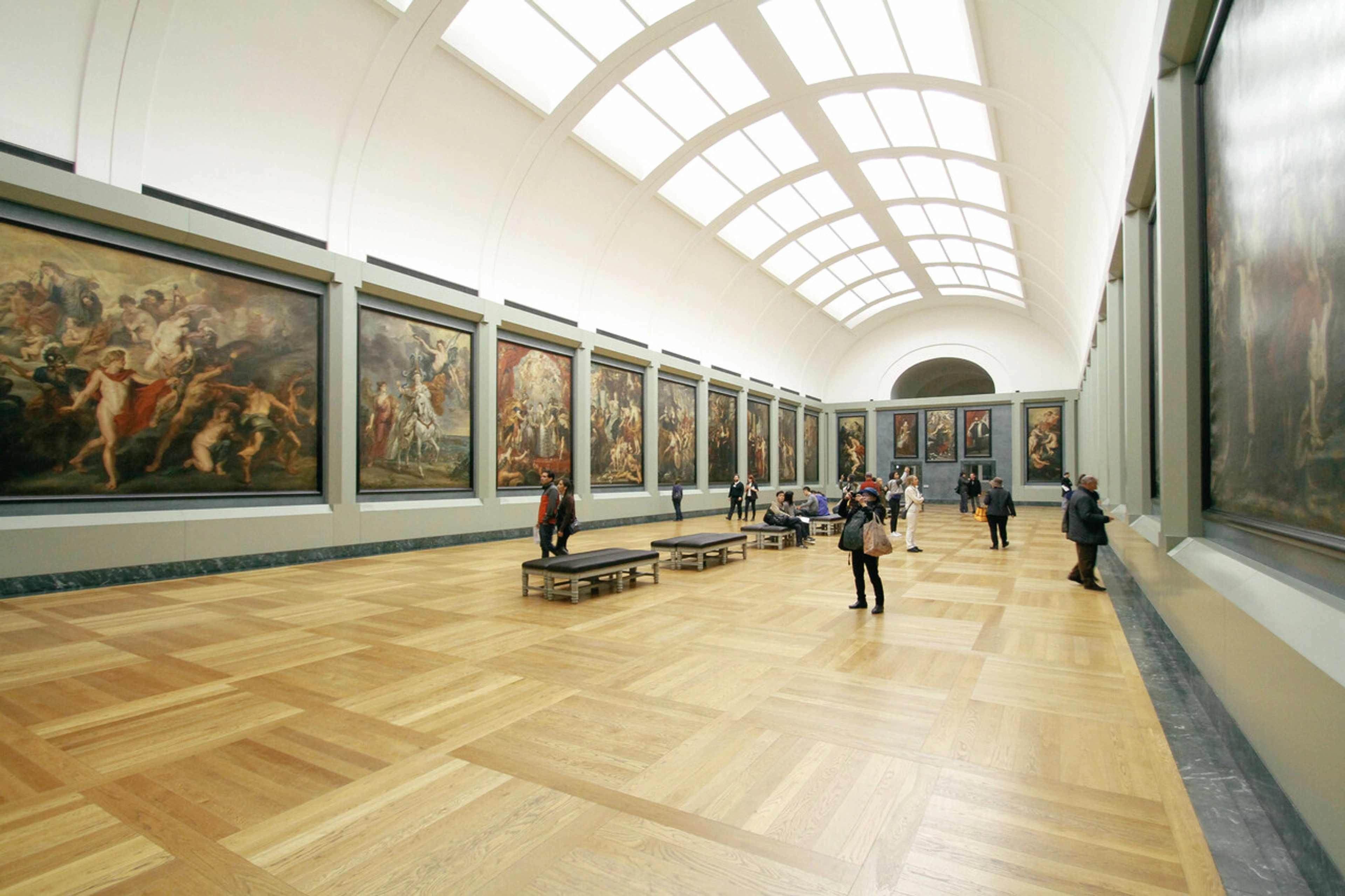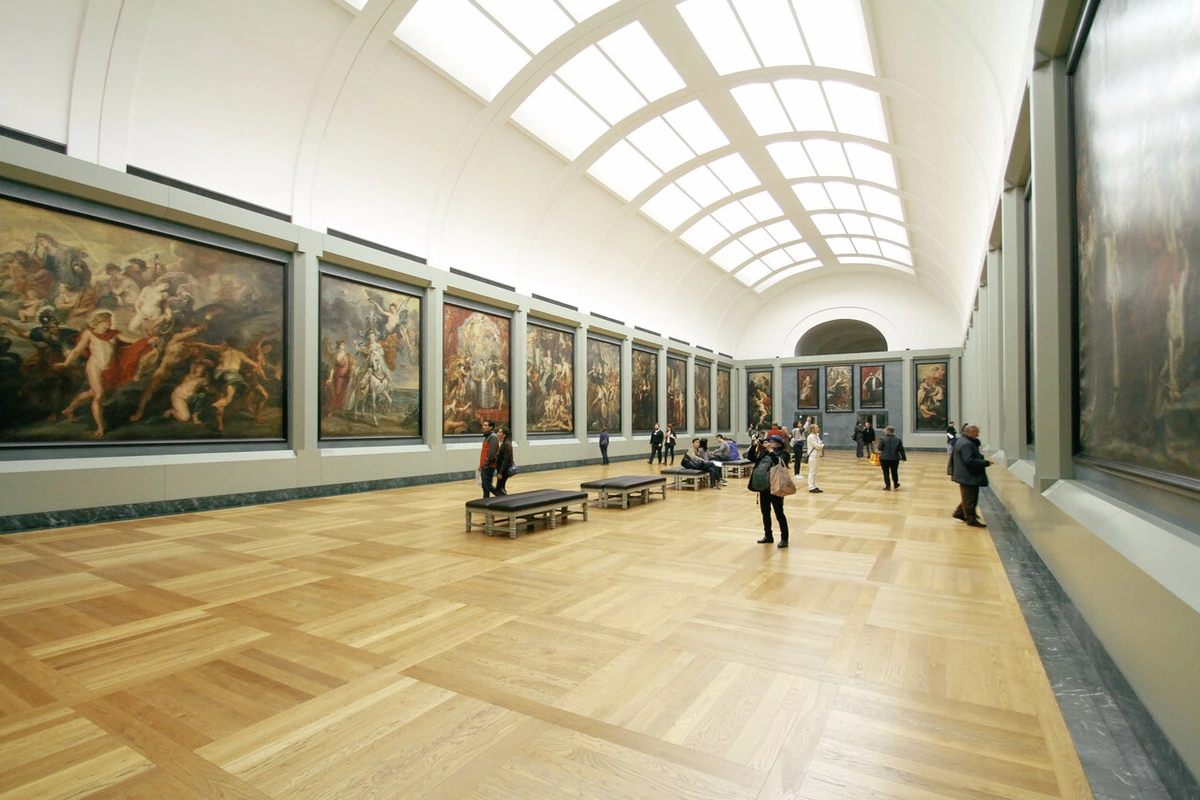
Louvre First-Timer's Guide: My Honest Take on Paris's Icon
Feeling overwhelmed by the Louvre? Join me for a personal, no-nonsense guide to navigating this iconic Paris museum, packed with tips for your first visit.

Feeling overwhelmed by the Louvre? Join me for a personal, no-nonsense guide to navigating this iconic Paris museum, packed with tips for your first visit.
 https://pxhere.com/en/photo/973226, https://creativecommons.org/publicdomain/zero/1.0/## Beyond the Masterpieces: My Quiet DiscoveriesWhile the icons are undoubtedly important, some of my most cherished Louvre memories are of stumbling upon a dimly lit room filled with forgotten Roman busts, or a vibrant Baroque painting that just captured my imagination, far away from the camera flashes.These quiet discoveries are where the real magic happens, in my opinion. Wander down a hallway you hadn't planned on, turn a corner just because it looks interesting. You might find exquisite decorative arts, ancient Mesopotamian artifacts, or entire galleries dedicated to French painters you've never heard of but whose work suddenly speaks to your soul. It’s in these moments that the museum truly opens up, becoming a treasure trove of personal revelations rather than just a checklist.## How the Louvre Inspires (and Overwhelms) My Own Artistic JourneyAs an artist, visiting a place like the Louvre is a double-edged sword. On one hand, the sheer volume of human creativity, the mastery of techniques honed over millennia, is incredibly inspiring. It makes you want to pick up a brush and create something that resonates with even a fraction of that enduring power. You see the progression of human thought, emotion, and skill laid bare, and it's a humbling yet exhilarating experience. It makes you reflect on your own journey, which, if you're curious, you can explore a bit on my artist timeline.On the other hand, it can be utterly overwhelming. A nagging voice might whisper, "What's the point? It's all been done, and better!" But I quickly remind myself that art isn't a competition. Every artist, from the Renaissance masters to the contemporary abstract painters I admire (and aspire to be like with my art for sale), brings their unique perspective. The Louvre, for all its grandiosity, reminds me that art is a continuous conversation, a vast, ever-evolving story. It also makes me appreciate the intimate scale of a place like my own Den Bosch museum, where the focus is tighter, more personal. It's a different kind of magic, but magic nonetheless.## Frequently Asked Questions (My Two Cents)### How long do I need for a first visit?Honestly, I'd say at least 3-4 hours if you want to see a few major highlights without feeling completely rushed. If you're really into art, a full day (with breaks!) isn't out of the question.### Can I bring food or drink?Small bottles of water are generally fine, and encouraged for hydration. For food, you're usually not allowed to eat within the galleries, but the Louvre has several cafés and restaurants where you can grab a meal or a snack.### Is the Louvre accessible?Yes, the Louvre is generally very accessible for visitors with reduced mobility. There are elevators and ramps, and wheelchairs can often be borrowed. It’s always a good idea to check their official website for the most up-to-date accessibility information.### Are there guided tours available?Absolutely! The Louvre offers a variety of guided tours, both official ones and those run by independent companies. These can be fantastic for first-timers, as a knowledgeable guide can help you navigate and provide context to the artworks. I’ve found them incredibly insightful, especially for historical pieces.## My Final Thought: Just Be PresentSo there you have it, my rather rambling, utterly heartfelt guide to tackling the Louvre for the first time. Don't stress, don't rush, and please, for the love of art, don't try to see everything. Just let yourself be. Wander, observe, get lost for a moment, and allow yourself to be moved by a brushstroke, a chisel mark, or the sheer weight of history. It's an experience that stays with you, a beautiful, overwhelming, utterly Parisian memory. Enjoy every single moment of it.
https://pxhere.com/en/photo/973226, https://creativecommons.org/publicdomain/zero/1.0/## Beyond the Masterpieces: My Quiet DiscoveriesWhile the icons are undoubtedly important, some of my most cherished Louvre memories are of stumbling upon a dimly lit room filled with forgotten Roman busts, or a vibrant Baroque painting that just captured my imagination, far away from the camera flashes.These quiet discoveries are where the real magic happens, in my opinion. Wander down a hallway you hadn't planned on, turn a corner just because it looks interesting. You might find exquisite decorative arts, ancient Mesopotamian artifacts, or entire galleries dedicated to French painters you've never heard of but whose work suddenly speaks to your soul. It’s in these moments that the museum truly opens up, becoming a treasure trove of personal revelations rather than just a checklist.## How the Louvre Inspires (and Overwhelms) My Own Artistic JourneyAs an artist, visiting a place like the Louvre is a double-edged sword. On one hand, the sheer volume of human creativity, the mastery of techniques honed over millennia, is incredibly inspiring. It makes you want to pick up a brush and create something that resonates with even a fraction of that enduring power. You see the progression of human thought, emotion, and skill laid bare, and it's a humbling yet exhilarating experience. It makes you reflect on your own journey, which, if you're curious, you can explore a bit on my artist timeline.On the other hand, it can be utterly overwhelming. A nagging voice might whisper, "What's the point? It's all been done, and better!" But I quickly remind myself that art isn't a competition. Every artist, from the Renaissance masters to the contemporary abstract painters I admire (and aspire to be like with my art for sale), brings their unique perspective. The Louvre, for all its grandiosity, reminds me that art is a continuous conversation, a vast, ever-evolving story. It also makes me appreciate the intimate scale of a place like my own Den Bosch museum, where the focus is tighter, more personal. It's a different kind of magic, but magic nonetheless.## Frequently Asked Questions (My Two Cents)### How long do I need for a first visit?Honestly, I'd say at least 3-4 hours if you want to see a few major highlights without feeling completely rushed. If you're really into art, a full day (with breaks!) isn't out of the question.### Can I bring food or drink?Small bottles of water are generally fine, and encouraged for hydration. For food, you're usually not allowed to eat within the galleries, but the Louvre has several cafés and restaurants where you can grab a meal or a snack.### Is the Louvre accessible?Yes, the Louvre is generally very accessible for visitors with reduced mobility. There are elevators and ramps, and wheelchairs can often be borrowed. It’s always a good idea to check their official website for the most up-to-date accessibility information.### Are there guided tours available?Absolutely! The Louvre offers a variety of guided tours, both official ones and those run by independent companies. These can be fantastic for first-timers, as a knowledgeable guide can help you navigate and provide context to the artworks. I’ve found them incredibly insightful, especially for historical pieces.## My Final Thought: Just Be PresentSo there you have it, my rather rambling, utterly heartfelt guide to tackling the Louvre for the first time. Don't stress, don't rush, and please, for the love of art, don't try to see everything. Just let yourself be. Wander, observe, get lost for a moment, and allow yourself to be moved by a brushstroke, a chisel mark, or the sheer weight of history. It's an experience that stays with you, a beautiful, overwhelming, utterly Parisian memory. Enjoy every single moment of it.